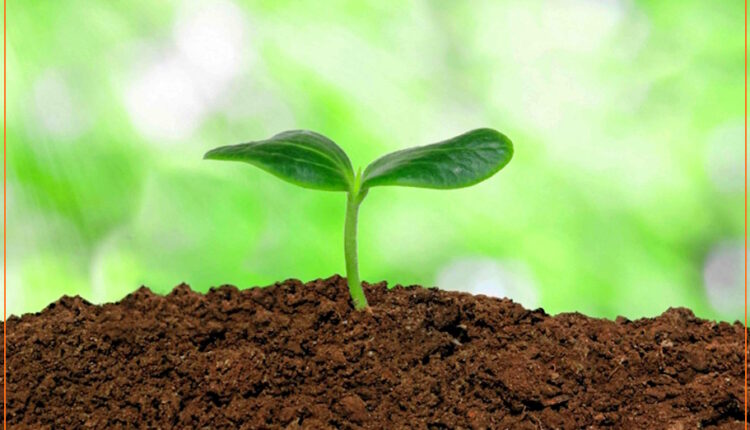As the final week of COP30 negotiations unfolds, the global pressure for transformative climate action is palpable. The agenda is dominated by the urgent need to transition from fossil fuels, scale up renewable energy, and rethink our food systems. Yet, while we look to the skies and the seas for solutions, we are consistently overlooking one of our most powerful allies in the fight against climate change—a resource that has been beneath our feet all along: soil.
Despite being one of the planet’s largest natural carbon sinks, soil remains conspicuously absent from most national climate plans. This oversight is a critical blind spot, and experts are now urging world leaders to recognize the planet’s “quiet infrastructure” as a cornerstone of our climate strategy.
The Staggering Power of Soil as a Carbon Bank
For too long, soil has been the invisible frontier of environmental action, relegated to near-invisibility in global policy. The scientific community, however, is now unearthing its profound potential.
The breakthrough moment came at COP21 in Paris with the launch of France’s “4 per 1000” initiative. It proposed a deceptively simple yet powerful goal: if we increased the carbon content in the world’s agricultural soils by just 0.4% annually, we could effectively offset the vast majority of humanity’s annual greenhouse gas emissions.
The numbers are staggering. Soil is not just dirt; it is the world’s largest terrestrial carbon sink. A landmark report released today by the Aroura Soil Security Think Tank, the IUCN World Commission on Environmental Law (WCEL), and the Save Soil campaign reveals that soils store more than 2,800 gigatonnes of carbon in the top one meter alone. This is a dramatic 45% increase from previous estimates of 1,500 gigatonnes, meaning there is twice as much carbon stored in soil as in all the world’s vegetation combined—every forest, grassland, and plant.
Crucially, the report finds that healthy soils have the potential to sequester 27% of the carbon emissions needed to keep global warming below 2°C. That translates to 3.38 gigatonnes of CO₂ per year—a monumental contribution when compared to the 36.8 gigatons of CO₂ released from fossil fuels in 2022.
The Paradox: A Solution Being Wasted
Herein lies the paradox: while healthy soil sequesters carbon, degraded soil does the opposite, releasing stored greenhouse gases back into the atmosphere. The cost of this degradation is astronomical. Currently, degraded soils release approximately 4.81 billion tonnes of CO₂ each year—roughly equivalent to the entire annual emissions of the United States.
The scale of the problem is vast. The UN Food and Agriculture Organization warns that while 40% of the Earth’s land is already degraded, this figure could climb to a catastrophic 90% by 2050. To put the risk in perspective, the report notes that if just 1% of the carbon in Europe’s soils were released, it would equal the annual emissions of one billion cars.
Despite this clear and present danger, a staggering 70% of nations ignore soil restoration as a climate mitigation solution in their 2035 National Determined Contributions (NDCs).
From Dirt to Living Entity: A Shift in Mindset
The fundamental problem, experts argue, is one of perception. “If we want to meet our emissions targets, we must consider soil as a living entity,” says Praveena Sridhar, CTO of the Save Soil movement and co-author of the report. “For too long, soil has been treated as dirt. However, it is the living skin of the planet. Every handful of healthy, living soil is a microcosm of life and a storehouse of carbon and water.”
Sridhar argues that securing soil health is not just an environmental duty but a “generational responsibility” essential to climate change mitigation, food security, and water resilience.
The Path to Restoration: How to Heal Our Soils
Support Dawat Media Center
If there were ever a time to join us, it is now. Every contribution, however big or small, powers our journalism and sustains our future. Support the Dawat Media Center from as little as $/€10 – it only takes a minute. If you can, please consider supporting us with a regular amount each month. Thank you
DNB Bank AC # 0530 2294668
Account for international payments: NO15 0530 2294 668
Vipps: #557320



Comments are closed.